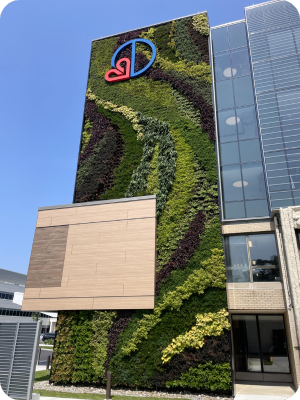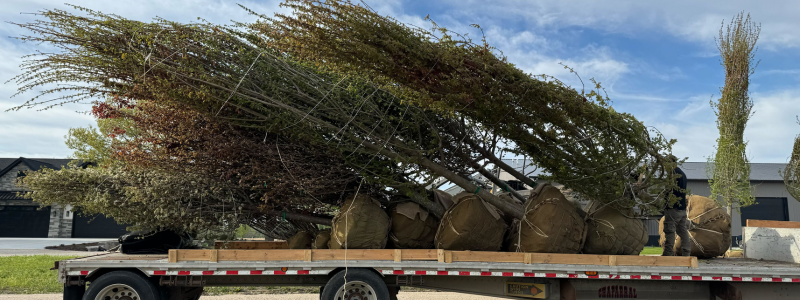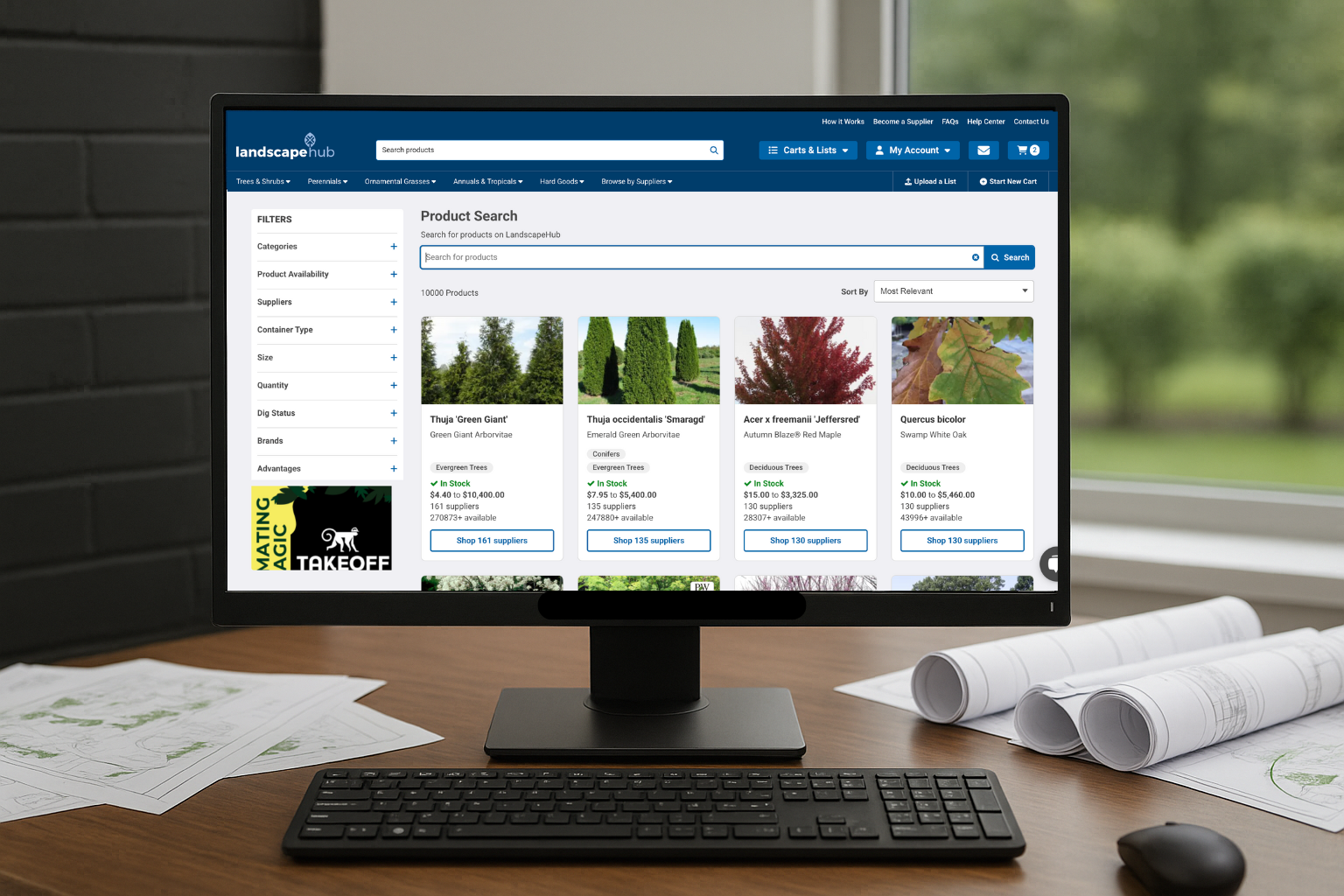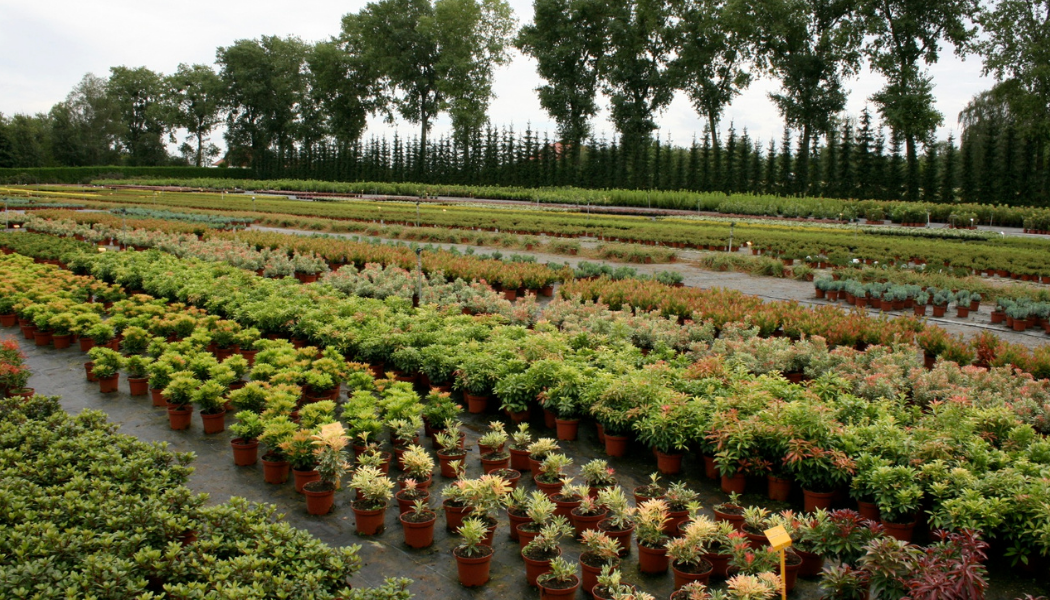In the heart of Ohio, Intel’s new semiconductor manufacturing site—dubbed the Cardinal Campus—represents one of the most ambitious tech infrastructure investments in recent U.S. history. This multi-billion-dollar project aims to reestablish domestic chip production and bring thousands of jobs to the region. Led by Bechtel, the site is not only an engineering feat, it’s also a showcase for how thoughtful landscape design and native plant selection can support long-term sustainability and regional identity.
Behind the scenes, a TX-based buyer from Ruppert Landscape was tasked with managing procurement for the extensive planting plan. With a species list heavy on resilient natives and site-appropriate varieties, the job required careful coordination across growers and geographies to get the right mix, on spec, on time, and at scale.

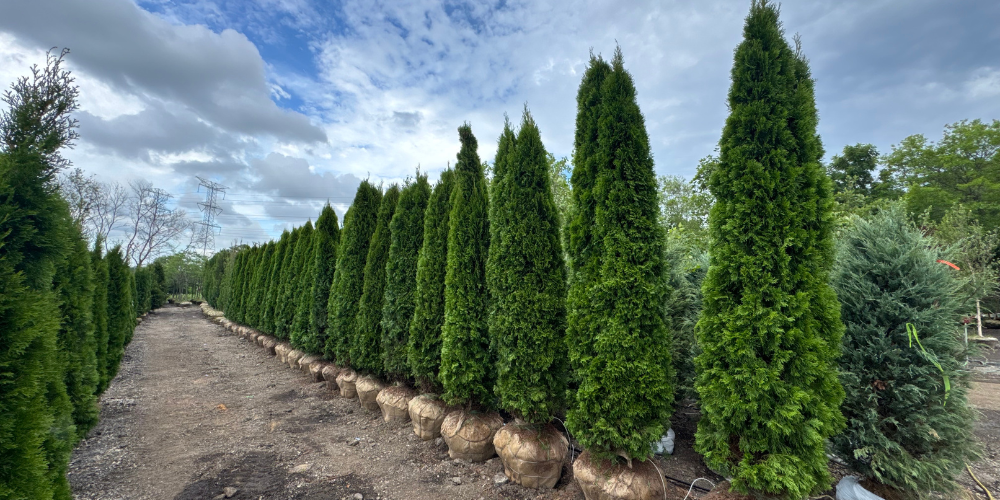
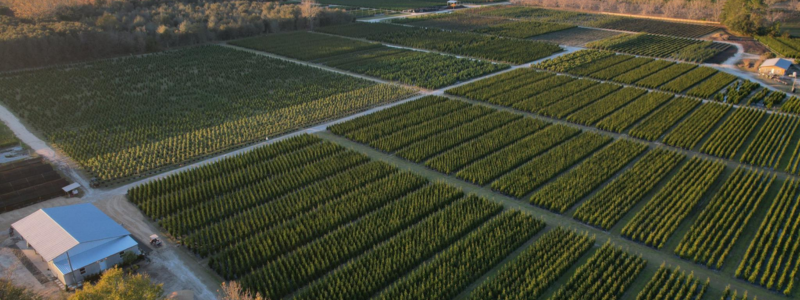
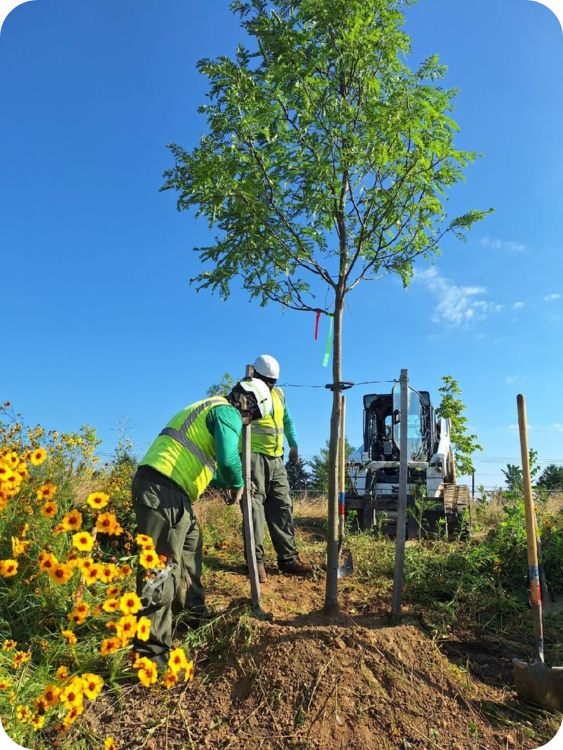
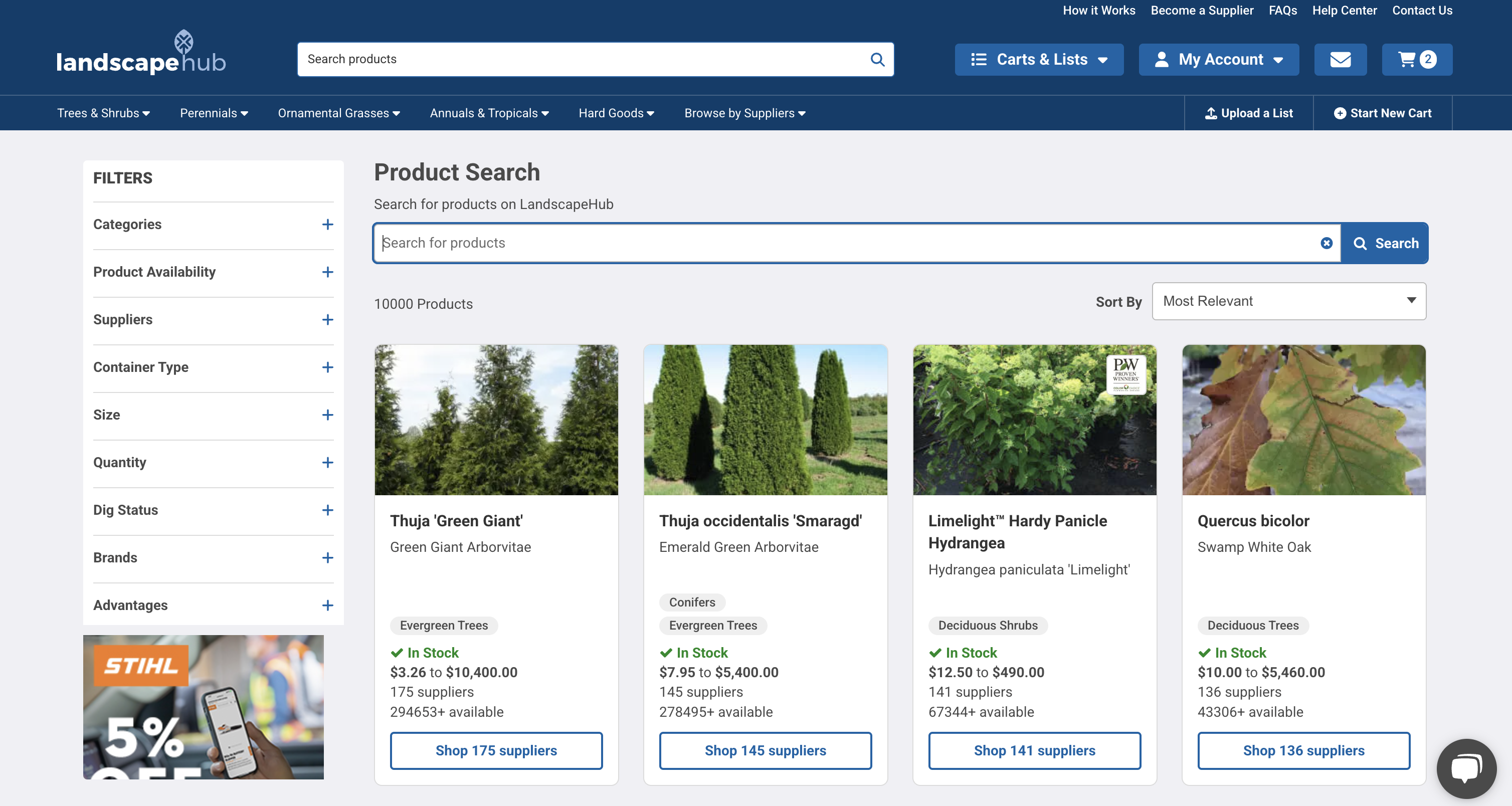
.png)
